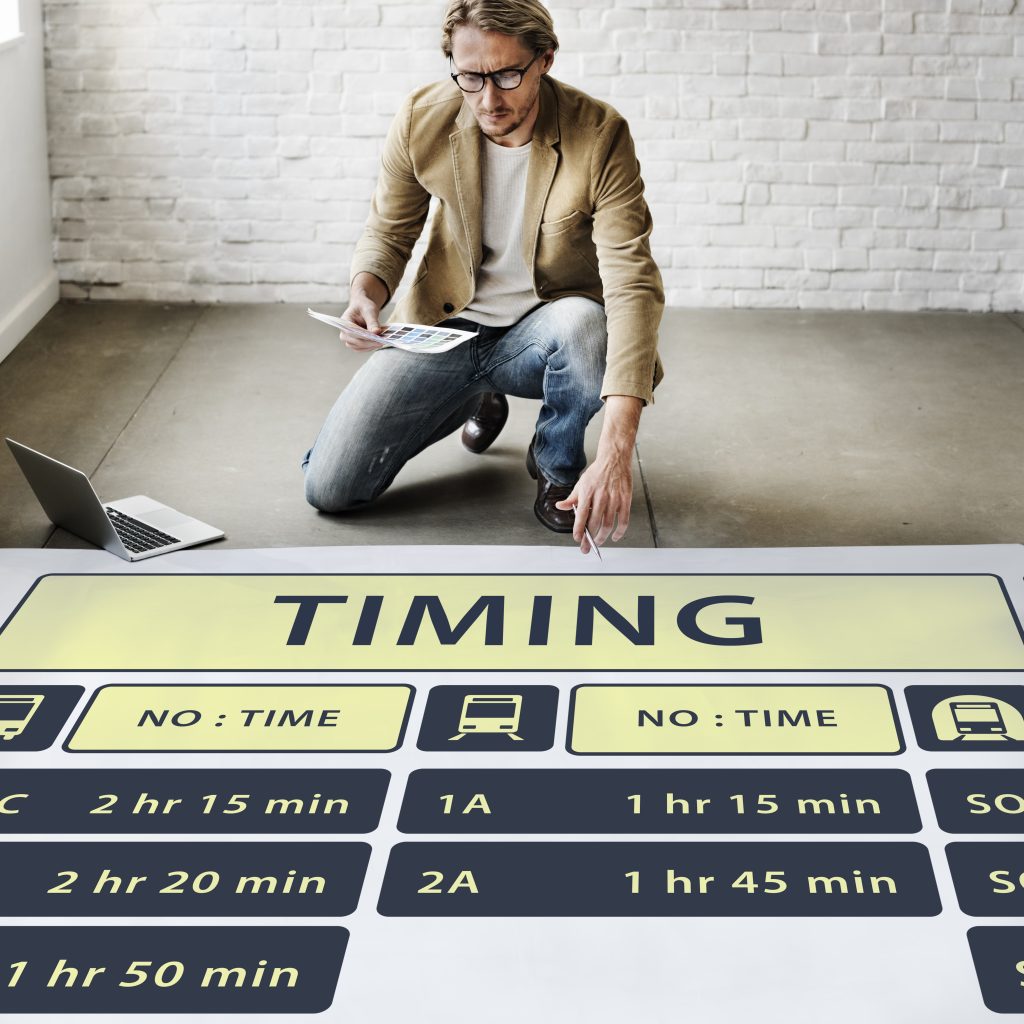In the constant hum of daily tasks, meetings, deadlines, and digital distractions, finding even ten uninterrupted minutes can feel like a luxury. Yet one of the most impactful and overlooked productivity tools doesn’t require an app or a time-tracking system—it’s the simple act of thinking.
“Thinking time” refers to the intentional setting aside of time for uninterrupted reflection. And while it might sound counterintuitive in a productivity-obsessed culture, current trends in workplace performance, mental wellness, and creative problem-solving all point to the rising importance of integrating thinking time into a busy schedule.

Why “Thinking Time” Is Gaining Ground
The resurgence of thinking time as a wellness and productivity practice is part of a broader cultural reevaluation of hustle culture. Leaders in business, psychology, and personal development are increasingly advocating for stillness—not just for relaxation, but as a critical component of effective leadership and creative problem-solving.
In his book Essentialism, author Greg McKeown describes thinking time as “the most valuable time you spend.” Billionaire investor Ray Dalio allocates daily time for what he calls “thoughtful reflection.” Even Amazon’s Jeff Bezos famously prioritizes “high-quality thinking time” in his schedule.
So what’s driving this trend? A few emerging insights stand out:
- Burnout is at an all-time high. According to a 2023 Gallup report, 44% of workers globally experience daily stress. Continuous busyness without pause leads to mental fatigue and poor decision-making.
- Innovation suffers without space to think. A study published in Nature Communications found that creativity is most likely to surface during quiet moments, such as when walking, daydreaming, or reflecting.
- Leaders are modeling the shift. More professionals are embracing thinking time not just as a wellness practice, but as a strategic advantage.
The Science Behind Intentional Thought
Cognitive science supports the idea that your brain performs different functions under varying levels of stimulation. During focused task execution, the brain operates in an executive attention mode. But when allowed to disengage from direct input, it activates the default mode network (DMN), which is responsible for introspection, big-picture thinking, and creative insights.
According to neuroscience research from the University of Southern California, time spent in the DMN—aka “resting state”—enhances self-awareness, planning, and emotional regulation.
This is why many people have “breakthrough ideas” while taking a shower or going for a walk. It’s not accidental; it’s how the brain processes complex inputs when it’s not bombarded by external demands.
How to Schedule Thinking Time (Even if You’re Busy)
Integrating thinking time into a packed schedule doesn’t require long stretches of meditation or hours off the grid. Instead, it’s about carving out regular, intentional moments of solitude where active thought or reflection is the goal.
Here are a few practical strategies:
1. Start With 15 Minutes Daily
You don’t need an hour to see the benefits. Even 15 minutes in the morning before emails, or during a mid-afternoon pause, can provide clarity. The key is to disconnect from external stimuli (no phone, laptop, or notifications) and let your thoughts wander.
2. Use a Prompt or Question
If sitting quietly feels unproductive at first, give your brain direction. Consider prompts like:
- What’s the most important thing I need to focus on this week?
- What’s one decision I’ve been avoiding, and why?
- What would success look like one month from now?
Writing these down and sitting with them—even without answering them immediately—stimulates deeper cognitive processing.
3. Schedule It Like a Meeting
If it’s not scheduled, it often won’t happen. Add “thinking time” to your calendar just like any other appointment. Morning walks, standing desk breaks, or post-lunch quiet time are common anchors.
4. Create a Thinking-Friendly Environment
Find or create a space where you’re unlikely to be interrupted. That could mean stepping outside, sitting in a parked car, or using noise-canceling headphones at your desk. What matters is consistency and minimal distractions.
5. Pair Thinking Time With a Physical Activity
Activities like walking, stretching, or even folding laundry can trigger the kind of idle attention that fosters insight. According to research published in Scientific Reports, even mild physical activity increases divergent thinking, a key marker of creativity.
The Link Between Thinking Time and Mental Health
Incorporating thinking time isn’t only good for productivity—it supports mental wellness. When we’re constantly occupied, it becomes easy to ignore unresolved stress, unprocessed emotions, and unexamined habits.
Thinking time creates space for:
- Self-evaluation: Are your actions aligning with your values?
- Emotional clarity: What’s really behind that anxious feeling or short temper?
- Reduced reactivity: Reflection encourages intentional responses instead of impulsive reactions.
In a world where digital distractions often prevent meaningful introspection, this type of self-regulation is increasingly rare—and valuable.
Why Businesses Are Embracing “Thinking Time”
Interestingly, the value of thinking time isn’t limited to personal schedules. Some companies are beginning to institutionalize it. Google famously allowed employees “20% time” to work on independent ideas, a policy that birthed products like Gmail and AdSense.
Newer trends include:
- No-meeting days to give workers uninterrupted hours for deep thought
- Silent brainstorming sessions where employees write down ideas alone before group collaboration
- Mindfulness-based productivity coaching to build in reflection time
These initiatives signal a broader acceptance of the fact that focused thinking, rather than non-stop activity, leads to better output.
Common Misconceptions About Thinking Time
Despite growing support, many professionals resist the idea of unstructured thinking time because it seems unproductive. Here are common myths—and why they’re outdated:
- “If I’m not doing, I’m wasting time.” In reality, strategic non-doing often results in more effective actions later.
- “I don’t have time to think.” If your schedule is too packed for thought, that’s precisely why you need it.
- “Thinking is just daydreaming.” While both can be unstructured, intentional thinking time is purposeful, and often leads to clarity and strategic insight.
Conclusion: Reclaiming Time to Think
In today’s fast-paced environment, it can feel like pausing to think is a luxury you can’t afford. But the opposite is true: carving out even small amounts of consistent thinking time can dramatically improve your focus, creativity, and decision-making.
Whether you’re running a business, managing a household, or simply trying to navigate a full calendar, the value of thinking time in a busy schedule is not a trend to ignore—it’s a long-term investment in clarity and wellness.
References
- Zabelina, D. L., & Andrews-Hanna, J. R. (2016). Dynamic network interactions supporting internally-oriented cognition. Nature Communications.
- Immordino-Yang, M. H., Christodoulou, J. A., & Singh, V. (2012). Rest is not idleness: Implications of the brain’s default mode for human development and education. Perspectives on Psychological Science, 7(4), 352–364.
- Oppezzo, M., & Schwartz, D. L. (2014). Give your ideas some legs: The positive effect of walking on creative thinking. Scientific Reports.









